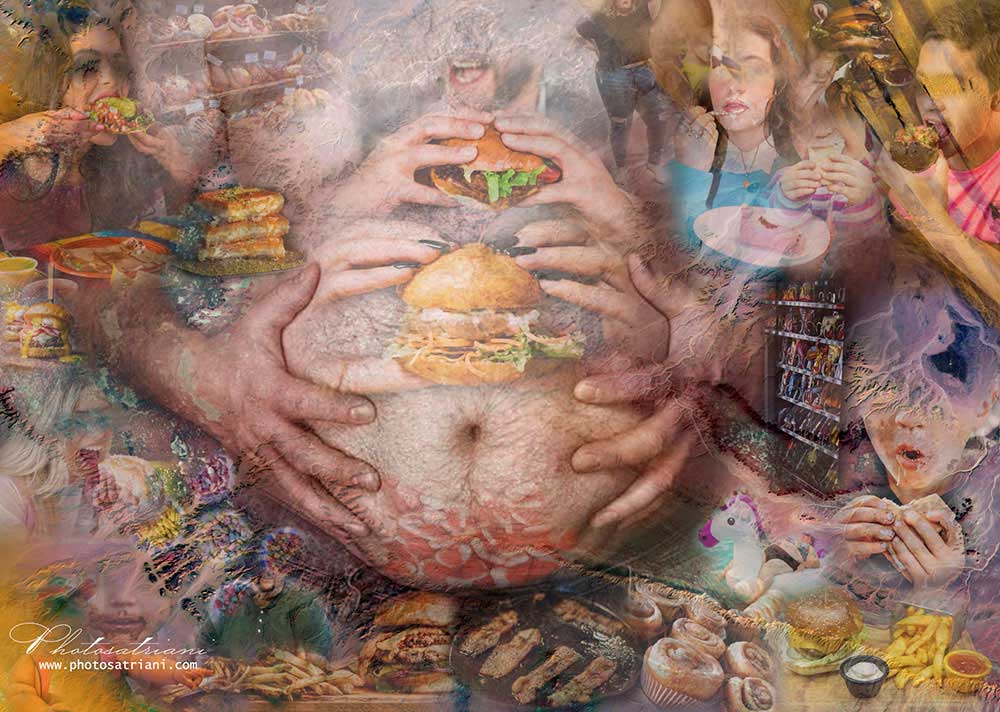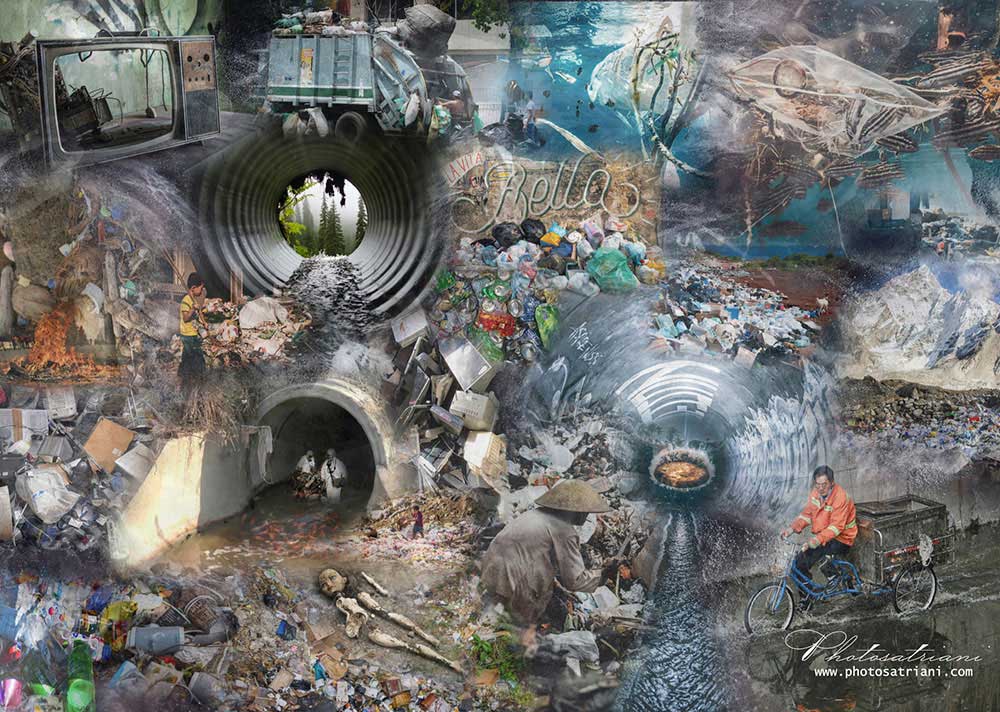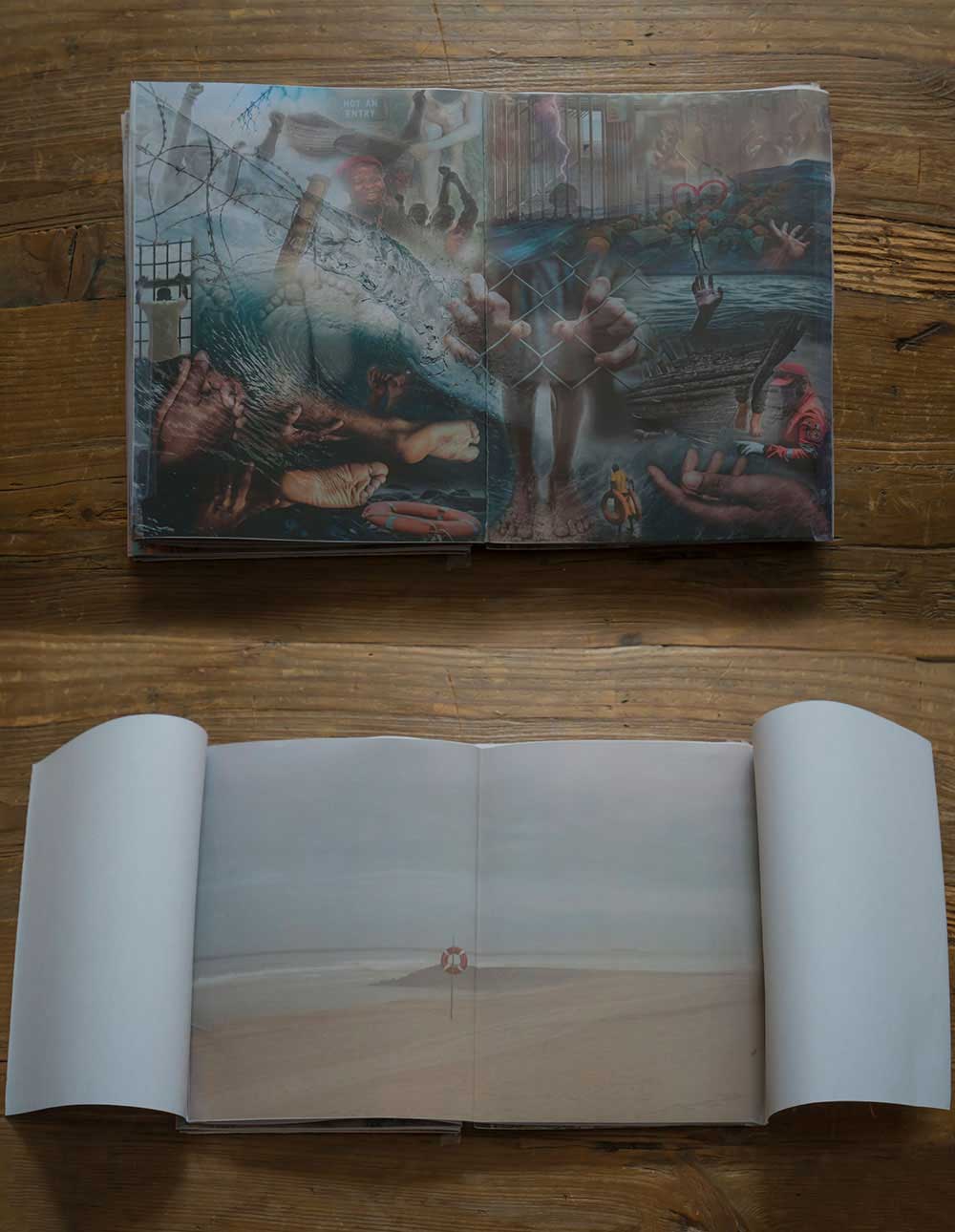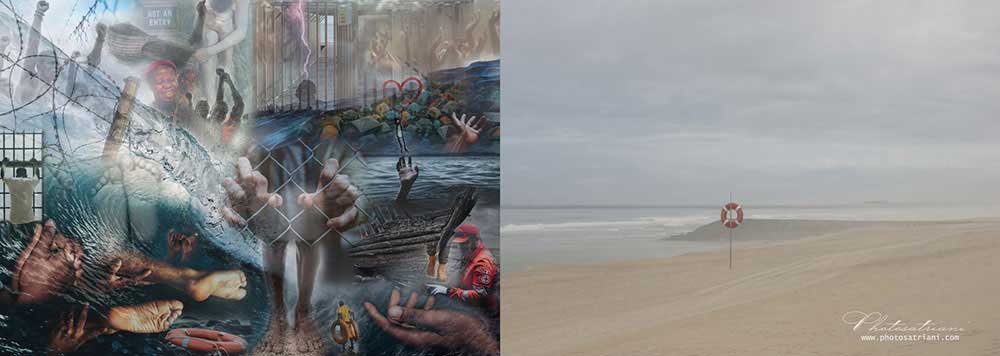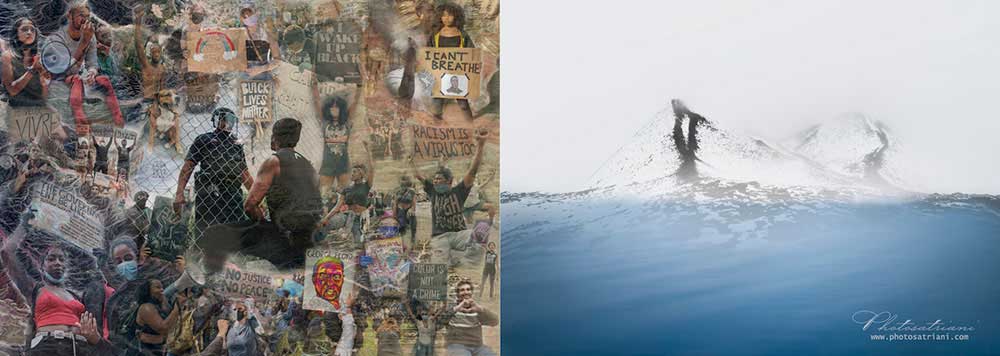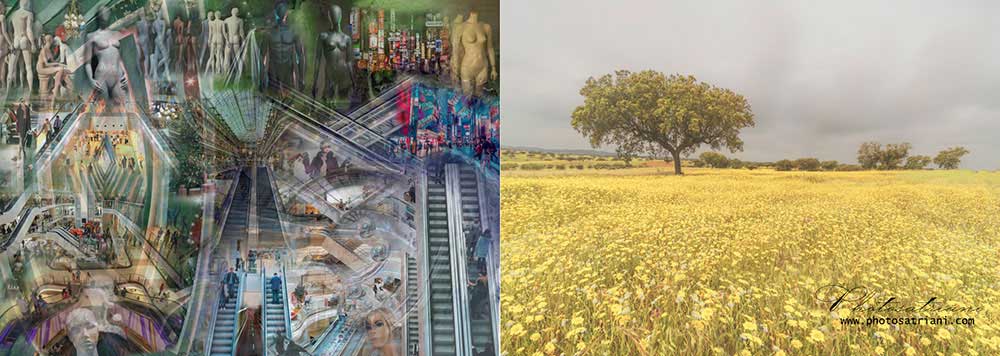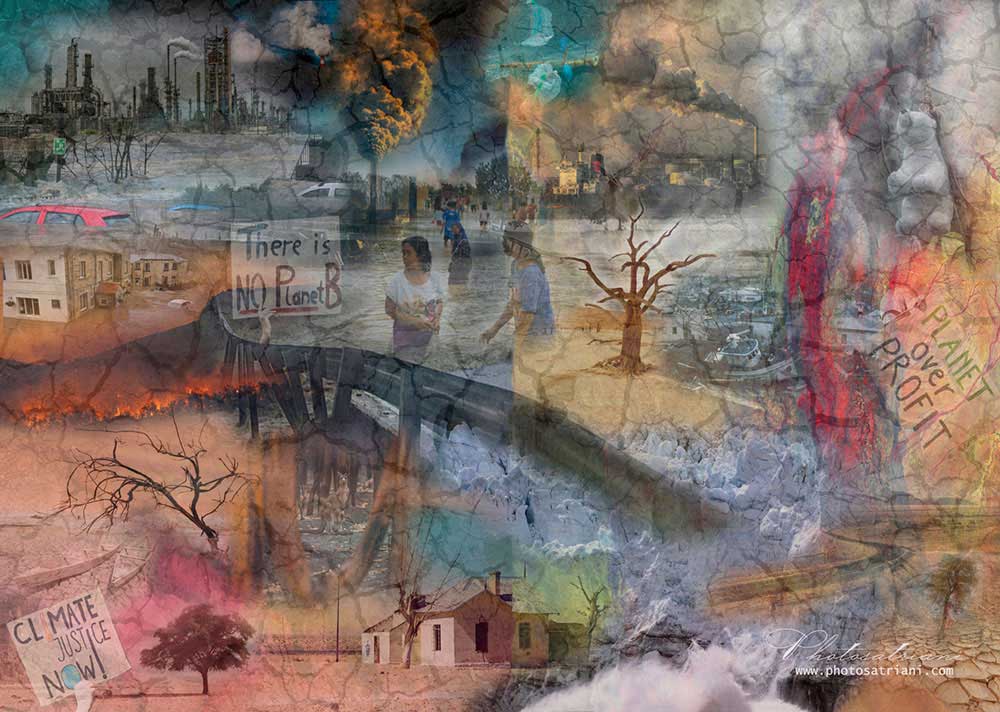The ancient Greeks contrasted the cosmos with chaos. The cosmos is the universe understood as a harmonious and ordered complex, that is in contrast with the chaos of matter.
They said that before Chaos there was nothingness; therefore, Chaos is the personification of the primordial state of “emptiness”, the darkness before the generation of the Cosmos. In Chaos disorder reigns, but it is also the germ of life. The Cosmos is the unstable balance, Chaos is the natural balance of things.
Disjunction or Intersection?
Plato said that Chaos is the primordial place of formless matter from which the wise draw to form an orderly world. In ancient Egypt it was thought that the Cosmos was born from Chaos to counteract the destructive and undifferentiated randomness present in it. The philosophies of ancient China and India also move on similar levels.
For the scientific culture of the 19th century, chaos was intractable and therefore eliminated from analysis; the scientific thought of the time was unable to explain where the orderly structures that surround us came from.
However, if we forget for a moment the philosophy of our Greek ancestors up to the philosophical thought of the nineteenth century and concentrate on the thinkers of modern science, we conclude that, although the two concepts describe at first sight two opposite situations, in reality they coexist. There is order in chaos and disorder in order. We realized that order could and should coexist with disorder, be complementary to it. There was someone who dared to say that everything physical, from atoms to celestial bodies, from bacteria to men, needs disorder to organize itself, to become a system. No Cosmos can escape degradation, disorganization, dispersion, entropy. As Jung said: “In every Chaos there is a Cosmos, in every disorder a secret order”.
My book: Order and Chaos
From these reflections the idea of a photobook was born; a book that wants to demonstrate the dualism of the opposition of these concepts and at the same time their coexistence.
We live in a technologically advanced, but emotionally primitive world; a world in which feeling and living are often so separated that, instead of mutually supporting each other, they hinder each other, creating an emotional gap in us that sometimes becomes a problem.
In our lives the chaos of everyday life coexists with its rhythms and values and the need for a cosmos made of silence, peace, essentiality.
In this book I visually contrast the chaos associated with some of the biggest social problems of our time and our “western” world, with the cosmos of natural landscapes in which calm and silence predominate.
I would like the book to convey the contrast between the chaotic phenomena of our society and the hope that this chaos generates at least in some people the need to have or at least imagine a refuge made of silence and essentiality in which feel welcomed, meditate and become aware.
Currently the book (16.5×23.5cm) is finished and I have some very handmade mock-ups that I would be happy to send to a publisher to assess the opportunity to publish it. All the Cosmos images are made by me; the Chaos images are digital collages made by me by using Unspalsh images.
The layout of the book makes the Cosmos and Chaos complementary. We are speaking about pairs of images that unfold as follows: the image that represents Chaos (33×23.5cm) opens in the middle to give way to the underlying image that represents the Cosmo (33×23.5); This helps me to underline how the cosmos is the necessary refuge from chaos. At the moment I am thinking of an edition of few copies, handmade.
In the next section, I present a small sample of the Cosmo and Chaos images contained in the book. The nature of the medium in which I publish this article prevents me from showing the images, as they will be mounted in the book; consequently, I have chosen to show them here through diptychs.
If anyone is interested in learning more about the project or wants to know when the book will be published, you can contact me through FB or IG (links at the end of the article).
Pandemics
When I was a boy, I was very perplexed when I read in a newspaper that one of the greatest future dangers for humanity would come from beings invisible to the naked eye…
In 2020 this forecast, which then seemed totally out of place to me, has come true. COVID-19 has radically changed our way of life, our social relationships; it has shown the fragility of the all-powerful economy; it has revealed the limits of our ethics and our political systems; it has unhinged the psychology of many people; it has killed above all the most fragile of our society; It has put the rules of civil coexistence that we have to a severe test, peering into the abyss of chaos and anarchy.
All this should make us think that the human being is not at all invincible, that we are a derisory little thing in Nature, that we have to become aware of our fragility. Consequently, we should live respecting our environment, park arrogance, work to reduce the social gap, support those who need it and embrace solidarity as a social model.
Migratory flows
Climate change, wars, hunger, political insecurity, lack of work, the idealization of the “civilized world”, the hope of being able to have a better life, are some of the main triggers that generate the migratory flows that are reshaping the human race and are generating resistance and rejection by the countries that are receiving this human wave.
If one stops to think for a moment, for anyone from any part of the world, leaving the place where they were born and raised is a very complex and difficult decision to make. If you come to make the decision to migrate knowing the risks and dangers you have to face when you decide to migrate, surely the situation you live in is infinitely worse than all the unknown you have to face. It is preferable to face death, mistreatment, abuse of any kind, separation, racism and suffering, than to stay where the roots are.
Racism
When nationalism and populism are established in society, when society is pressured by migratory flows, when solidarity between nations is lacking, when people continue to look at their navels instead of embracing solidarity as a social model, when ignorance and Leisure takes over the minds, when all this is mixed, then you begin to see your neighbor as an enemy, as a threat, as someone different.
Racism is this, believing that in the human species there are biologically different races, characterized by different intellectual, value, or moral abilities, sufficient to establish a hierarchy. It is the tendency to discriminate against those who are different or those who threaten the “status” of others and to profess the superiority of one “race” over others. “What biology can affirm with scientific certainty is that the mechanism of transmission of life is such that each individual is unique, individuals cannot therefore be hierarchical, and the only wealth is the community that is made of diversity. Everything else is only ideology” (François Jacob, Nobel Prize in Medicine in 1965).
Consumerism
Encouraging the purchase of goods and services to satisfy compulsive pleasure creates a psychological spiral according to which one has more and wants more, never reaching full satisfaction if not only touching it for an ephemeral period of time; the time needed to want something more that you don’t have yet.
Shopping malls are the apotheosis of consumerism; a person can be in any country in the world, the furthest away from her culture of origin, but if he enters a shopping center, he finds familiar patterns that make him feel in a protected environment. These places work on individual psychology, take advantage of human insecurity and propose aseptic, standardized spaces, in which people unconsciously relax and thus are more predisposed to receive the messages of lights, colors, shapes, smells of which these places are flooded and that are only intended to arouse the desire to buy or, better yet, to make us feel stupid if we do not buy.
Loneliness
In English there are two words to identify the two types of loneliness that can be felt: “loneliness”, which defines a state of negative loneliness, normally imposed; “solitude”, which defines the state of being alone, but not feeling alone.
Negative loneliness is unwanted loneliness, the one that brings us down, or even worse, the loneliness that is sometimes perceived despite being surrounded by people or family members. The loneliness of misunderstanding, apathy, cowardice, fear, poverty, isolation, dehumanization. Nowadays, in order not to feel alone, more and more people always need to fill with something, all the empty spaces that remain between times. The loneliness of always having to appear beautiful, “cool”, exceptional, attractive; the loneliness associated with the obsession of obtaining “likes”, of increasing followers.
All this generates an unhealthy dualism that always more often leads to bipolarism between what is shown and what is really felt or what we are. This generates a very dangerous spiral that paradoxically creates more loneliness, even though we are connected to everyone.
Conclusion
In chaos there is order; nature presents itself more and more as a reality that is difficult to define and determine. Chaos and Order, one influences the other: just like white with black or sound with silence. Opposite but similar, indispensable. Chaos and Cosmos, so opposite but so similar, find themselves coexisting; different but equal, distant but inseparable. In this coexistence between Cosmos and Chaos, man necessarily lives, in eternal conflict between the infinite and the finite that continually oscillates between the search for order and the fascination of chaos. From all these thoughts, the idea of my book was born, which I hope to be able to publish sooner or later
For those wishing to get in touch with me, send me a message in my FB profile or through my IG profile



